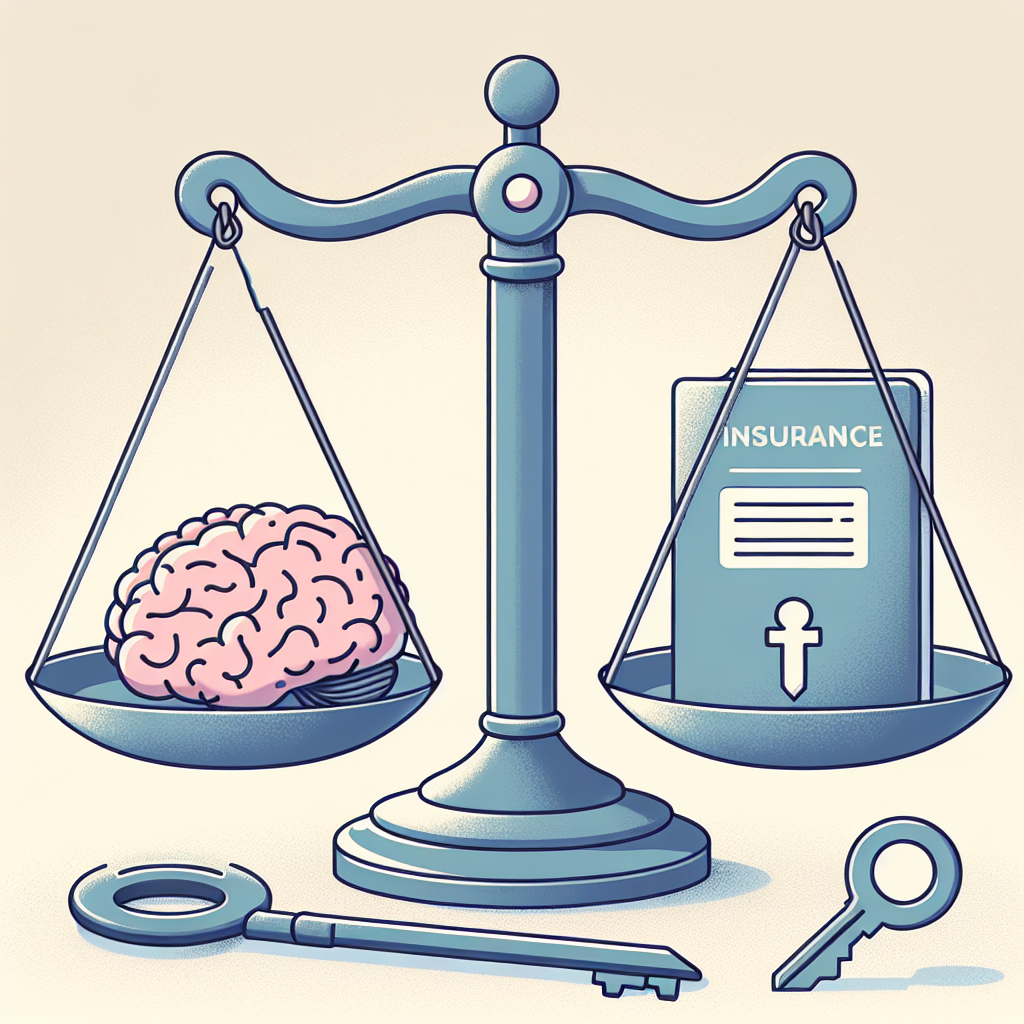Filed under Health Insurance on
Guide to Credentialing with Insurance for Mental Health

Mental health professionals often face various challenges when seeking to accept insurance in their practice. Credentialing with insurance companies is a critical process, allowing practitioners to broaden their client base, and enhance service accessibility. This comprehensive guide will walk you through the steps of credentialing with insurance for mental health, ensuring that you can navigate this often complex landscape with confidence.
Understanding Credentialing in Mental Health
Credentialing is the process through which mental health professionals become affiliates of an insurance company's network. This process involves verification of a provider's qualifications and granting network admission, allowing practitioners to bill insurance companies for services rendered.
The importance of credentialing cannot be overstated. Not only does it expand your practice's reach by making care accessible to a broader range of patients, but credentialing also enhances credibility and professional recognition.
Step-by-Step Guide to Credentialing
1. Pre-Credentialing Preparation
Before embarking on the credentialing journey, ensure you have gathered and prepared all necessary documentation. This usually includes:
- Proof of current state licenses and certifications.
- Professional liability insurance details.
- National Provider Identifier (NPI) number.
- Résumé or Curriculum Vitae (CV) outlining your professional experience.
- Completed CAQH (Council for Affordable Quality Healthcare) application.
Example: Dr. Lisa Thompson, a licensed psychologist, spent a week organizing her documents and updating her CV. This organized approach saved her time when completing insurance provider applications.
2. Research and Select Insurance Panels
It's crucial to research insurance companies to determine which panels align with your practice's goals. Consider these factors:
- The demographic distribution of your client base.
- The insurance plans most frequently used by your clients.
- The reimbursement rates offered by different insurers.
For instance, if the majority of your clientele holds a specific insurance, prioritize joining that network. Be mindful that joining multiple panels can lead to cumbersome administrative work.
3. Submit Applications
With documentation ready, begin the application process. Each insurance company will have its application form and requirements, which typically involve submitting to CAQH. Upon completing the application, ensuring you fill every section accurately is vital.
Example: A marriage and family therapist, John, submitted applications to three insurance panels in waves. He prioritized his top choice first to enable a focused follow-up process, minimizing delays and logistical challenges.
4. Follow-Up and Communication
After submitting applications, engage in regular follow-ups with insurance companies. Credentialing can take anywhere from 60 to 180 days. Proactive communication prevents applications from stalling and keeps insurance representatives responsive.
Establish a dedicated system for tracking the progress of each application. This could be as simple as a spreadsheet noting key dates and statuses.
Practical Tip: Set monthly calendar reminders to touch base with insurers, ensuring your application is progressing as expected.
5. Contract Negotiation and Agreements
Upon acceptance into the network, you will receive a contract outlining terms and reimbursement rates. Review these carefully. Don’t hesitate to negotiate if the terms do not meet your expectations, particularly regarding reimbursement rates.
Consider consulting with a healthcare attorney or a professional with experience in insurance contracting to ensure favorable agreement terms.
Real-Life Benefits of Credentialing
Credentialing can significantly impact your practice in both immediate outcomes and long-term growth:
- Increased Client Flow: By accepting insurance, your practice becomes accessible to clients who rely on insurance coverage for mental health services. Sarah, a clinical social worker, reported a 40% increase in new clients within the first six months of accepting major insurance plans.
- Financial Expansion: Although navigating reimbursement requires diligence, the potential for increased revenue through more consistent client sessions is evident.
- Expanded Professional Network: Being part of an insurance network allows you to network with other healthcare professionals, facilitating client referrals and collaborative opportunities.
Overcoming Credentialing Challenges
1. Addressing Delays
Credentialing delays are common, often due to misfiled paperwork or incomplete applications. To mitigate these challenges, be thorough and organized in your document submission, and maintain a backup of all submitted materials.
Allocate adequate time for credentialing when planning practice openings or expansions to avoid financial strain.
2. Communication Breakdown
If communication with insurance companies breaks down, escalate your concern through different channels, such as direct contact with your insurance representative or their superiors if needed.
3. Balancing Administrative Work
As credentialing and subsequent billing demands grow, investing in a reliable practice management system can streamline administrative tasks, leaving more time for patient care.
Frequently Asked Questions
- What is the typical duration for credentialing with insurance?
The credentialing process can take anywhere from 60 to 180 days, depending on the insurance company and the accuracy of your application.
- Can I negotiate reimbursement rates?
Yes, negotiation is possible, especially if the initial rates offered do not align with your practice’s financial projections.
- What should I do if my application is denied?
If denied, request feedback from the insurer to address any issues. You may be able to reapply or provide additional information that justifies your inclusion.
- Is credentialing the same across all insurance companies?
No, each insurance provider has its unique credentialing requirements, though many share core elements like CAQH registrations and professional verifications.
- Does accepting insurance impact my session rates?
Yes, insurers set reimbursement rates for sessions, often resulting in lower fees compared to self-pay clients. Proper negotiation and efficient practice management can optimize the financial outcome.
Credentialing with insurance for mental health can be demanding, but the long-term benefits for your practice and clients make it an invaluable endeavor. By following this guide and preparing diligently, you can position your practice for growth and professional success.





